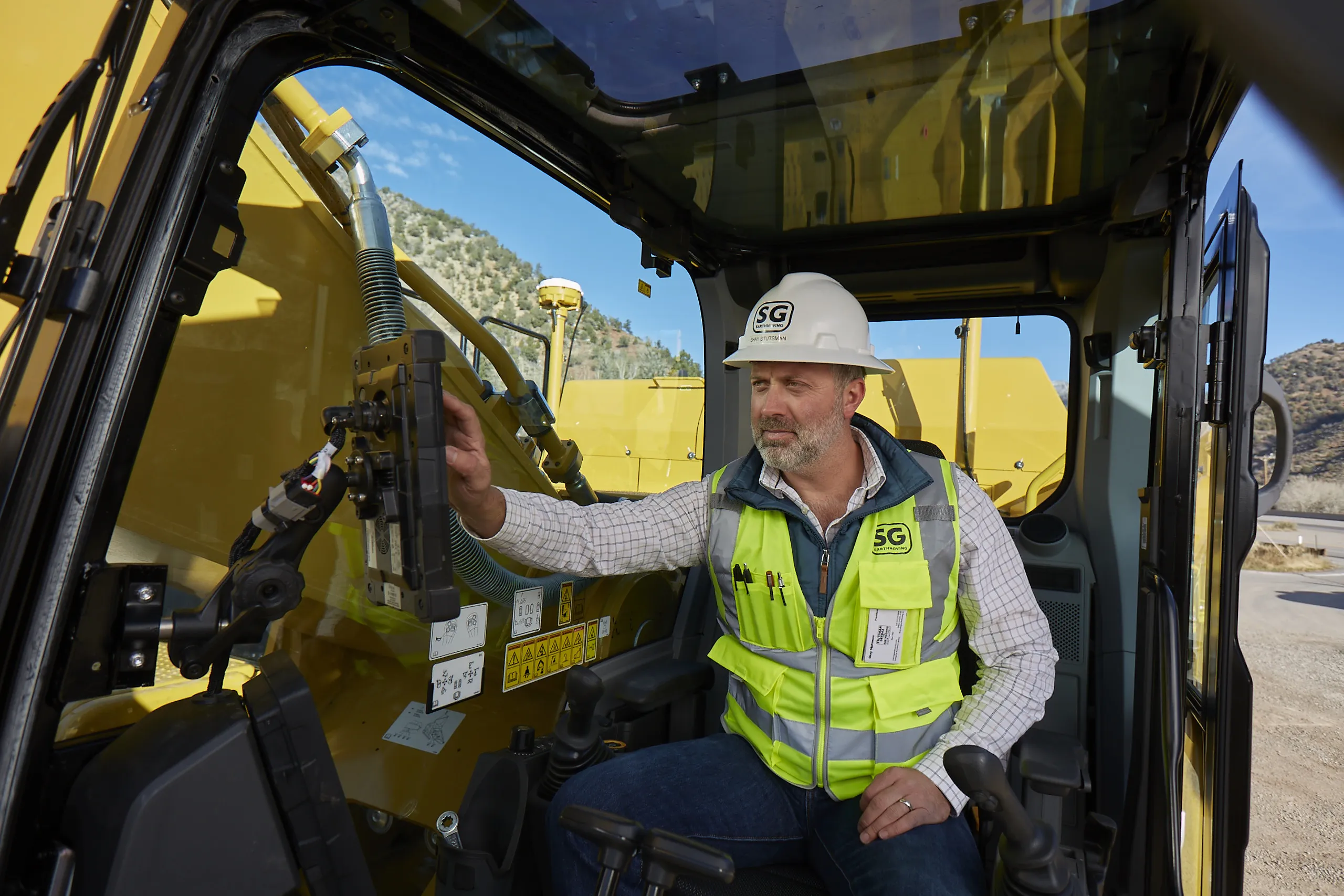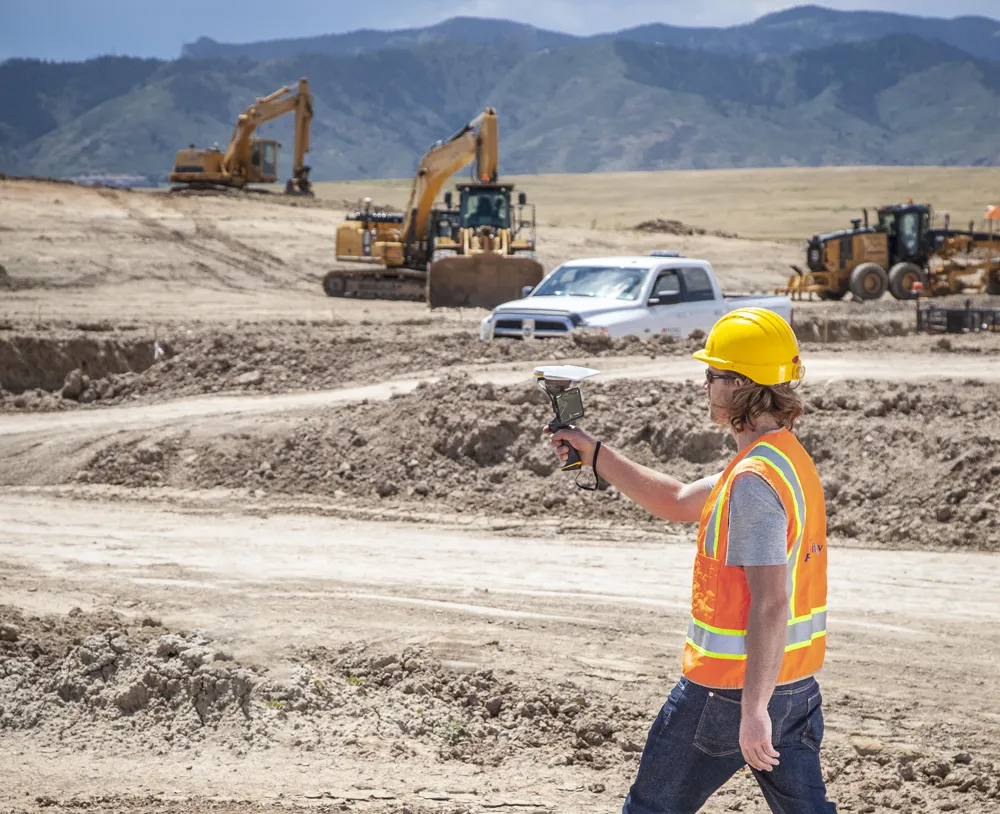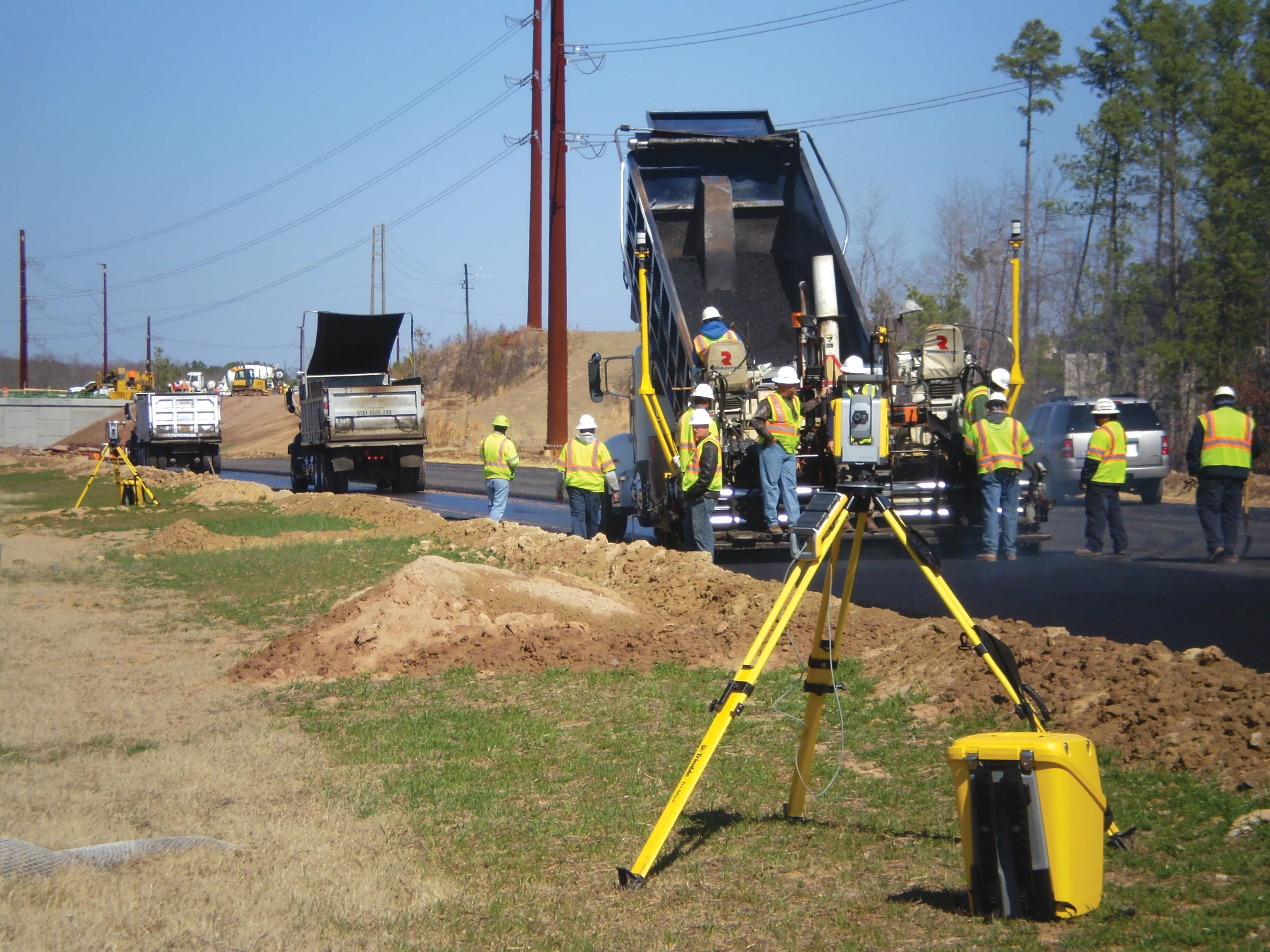
Trimble is one of the leaders in the field for connected construction technology, with an impressive share of the market as well as a reputation for delivering some of the most sophisticated solutions. The company is keen to retain its role as a leader and is also reinforcing its position in key market segments.
Scott Crozier is vice president, Civil Construction Field Systems at Trimble. He says that the company is taking a new focus on the earthmoving segment, which has long been a core part of its business in construction. He thinks that there are still considerable opportunities to expand the firm’s presence in this segment and also deliver efficient solutions to customers. He commented, “Now’s the time to give earthmoving a boost.”
Meanwhile, the company is also broadening out its sales and support operation from the Sitech business. Many of the Sitech outlets are run by Caterpillar dealers and said, “Sitech is hugely successful as we’re partnering with the biggest machinery manufacturer.”
However, Trimble has recognised that machinery customers may want to access sales and service support through a wider range of outlets. He said, “It’s another path for customers.”
A key change in the sector is that there is more interoperability between machines from different manufacturers, and their respective telematics systems, as well as between the connected construction technologies used by contractors. Both equipment manufacturers and technology providers have recognised this change and adapted their technologies to meet this need. Crozier explained that many contractors are now running mixed fleets of machines, as well as connected construction systems from all three of the main suppliers. He commented, “Now customers want to be open to all technologies.”
Caterpillar and Trimble have a successful partnership that has now been in place since 2002 and recently deepened that relationship. But at the same time, Trimble wants to ensure that customers using machines from other manufacturers can also benefit from the use of the latest connected construction technology. Crozier explained, “What we don’t want to do is block features and say that’s just for Cat equipment.”
A key development from the firm is a new mobile mapping system that can be used to scan the road surface. Crozier said that this offers considerable benefits for road construction and can help to maximise road smoothness and minimise the quantities of material used. The benefits of machine control systems in road construction are well established and he added, “We say use 3D for milling and then 2D for paving. It’s the optimum way to work.”
Trimble is also expanding its operations in new territories. Crozier said that there is considerable market potential in India for road rehabilitation work and for the use of connected construction technology to deliver high quality results. Many of the new highways were designed to tight specifications, although finish quality was variable. With some of the new highways needing repairs and maintenance much sooner than intended, the National Highways Authority of India (NHAI) approached Trimble for solutions.
Crozier explained that the issue has not been one of funding but of insufficient quality control. This is changing rapidly and he said, “The NHAI has just mandated a road quality system. They’ve been averse to mandating the use of technology before. But now the Indian Government is making technology mandatory.
"This offers considerable potential for Trimble and Crozier said, “They have 10,000km of highways to build before 2028.”









